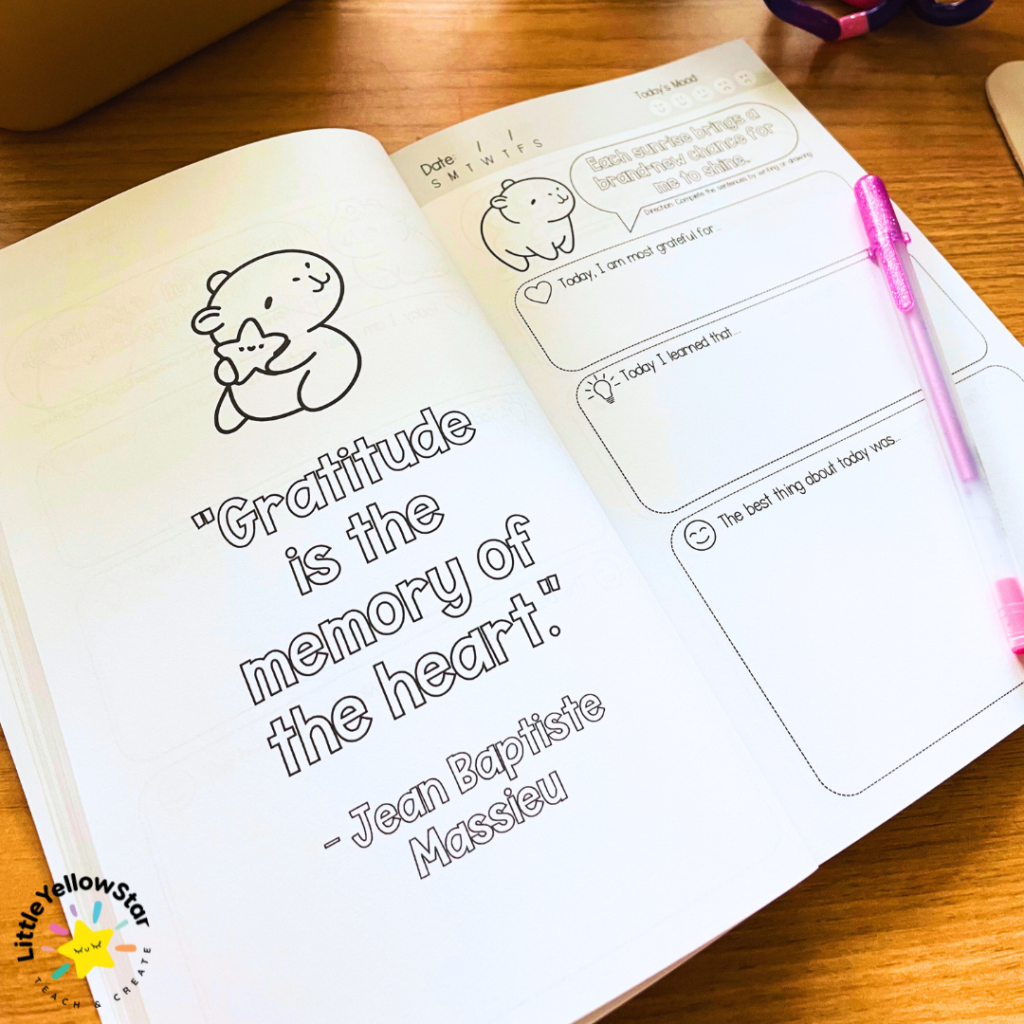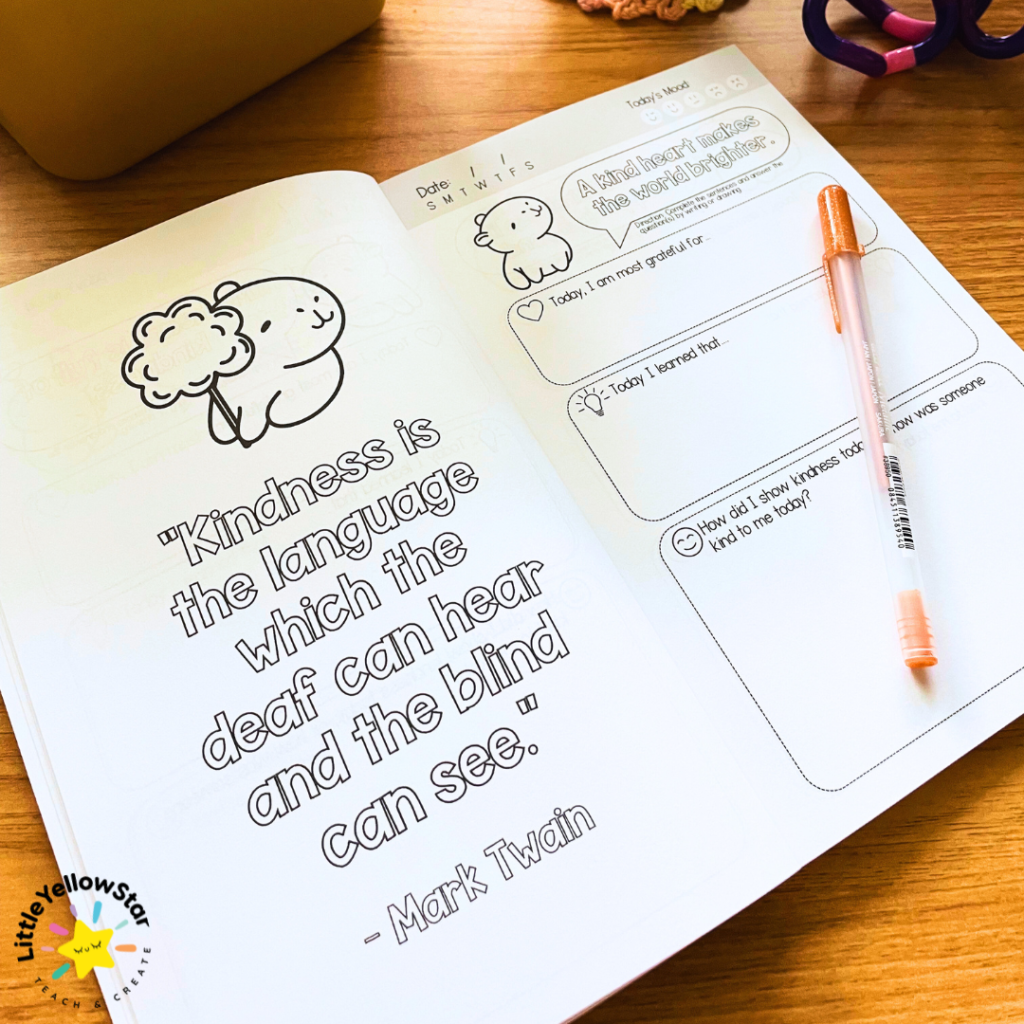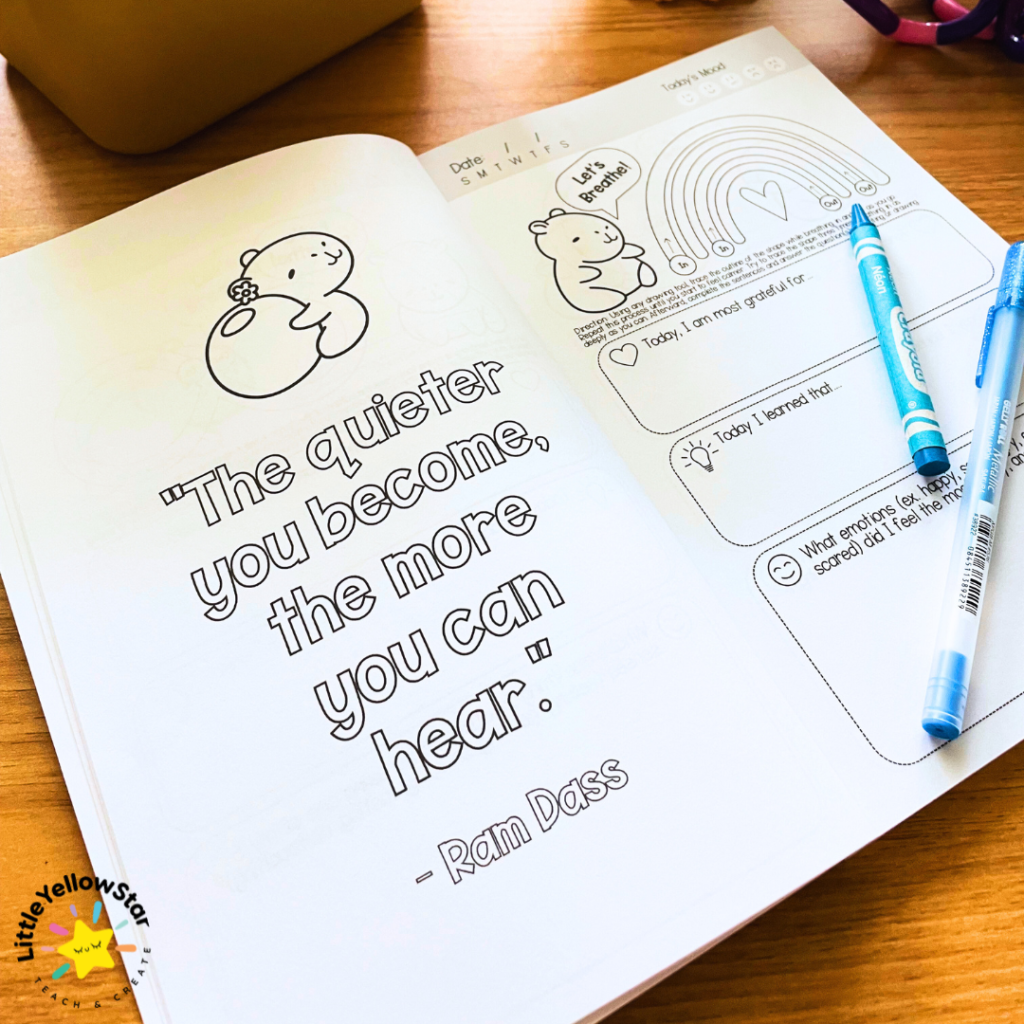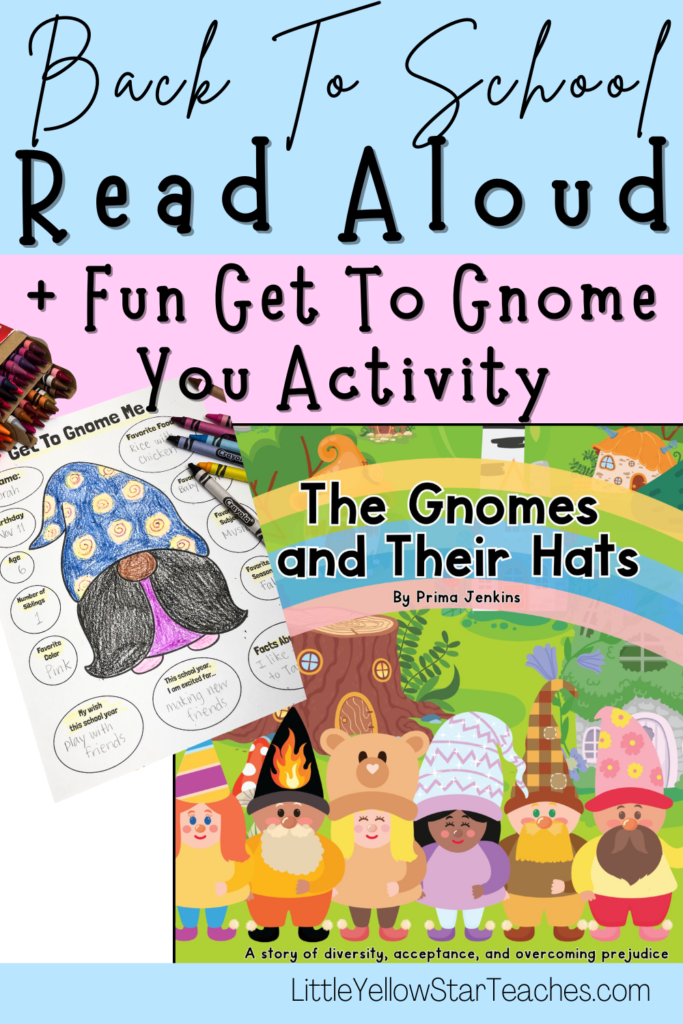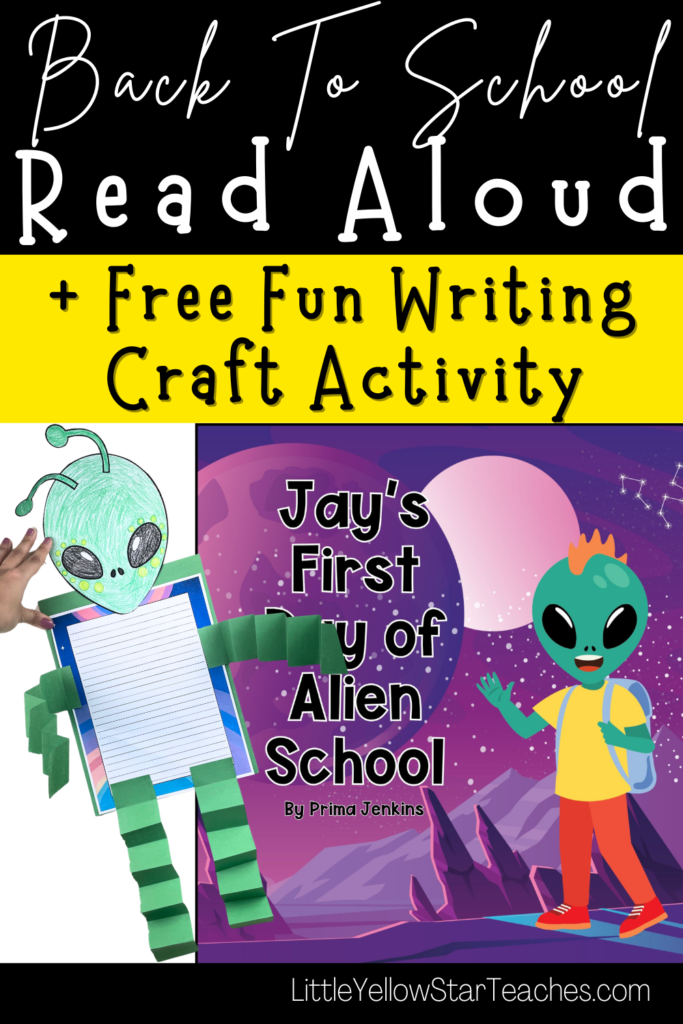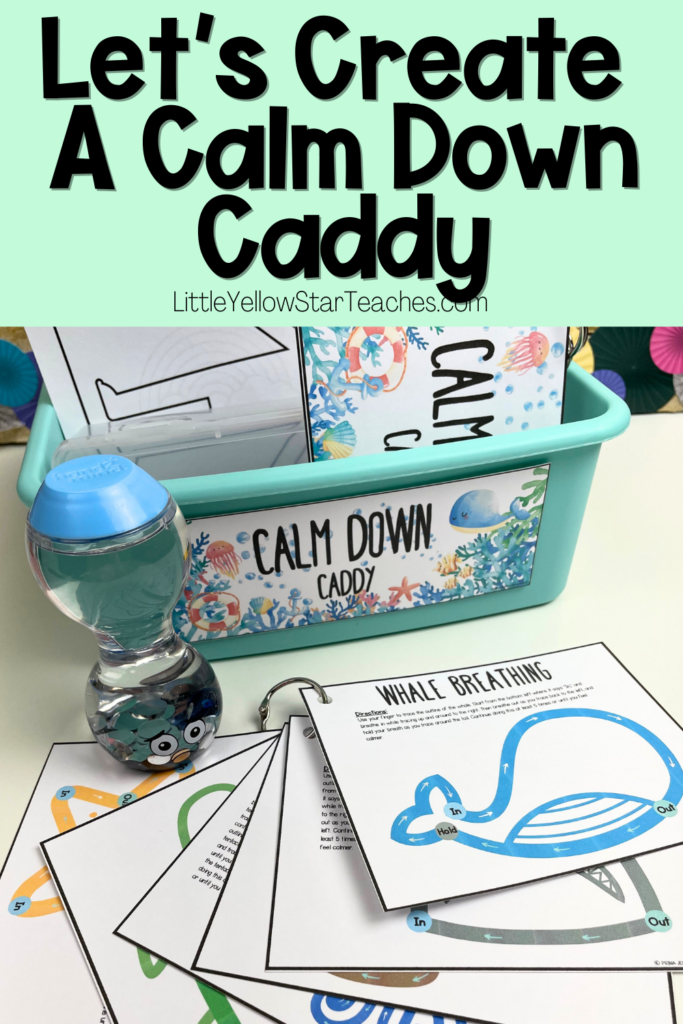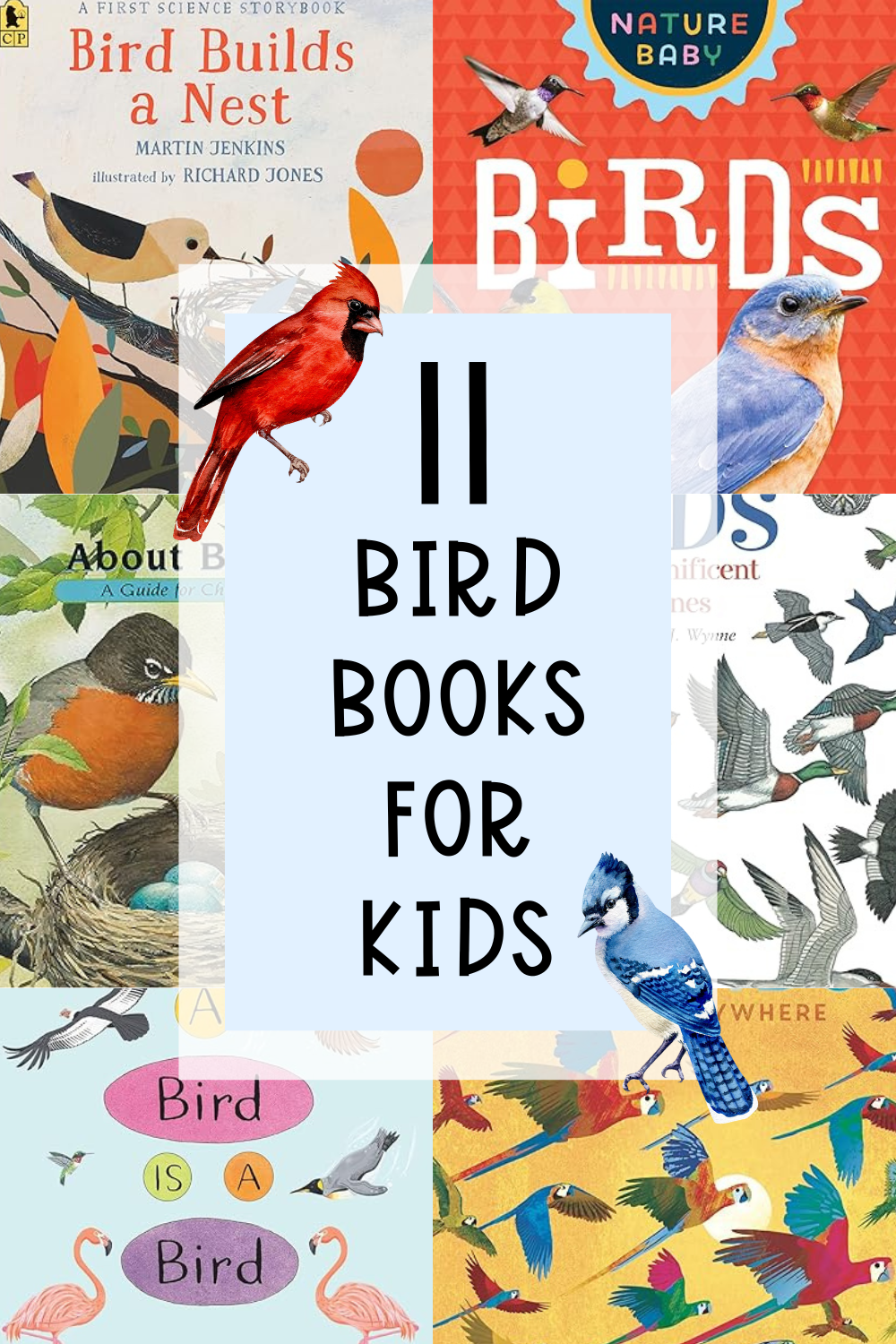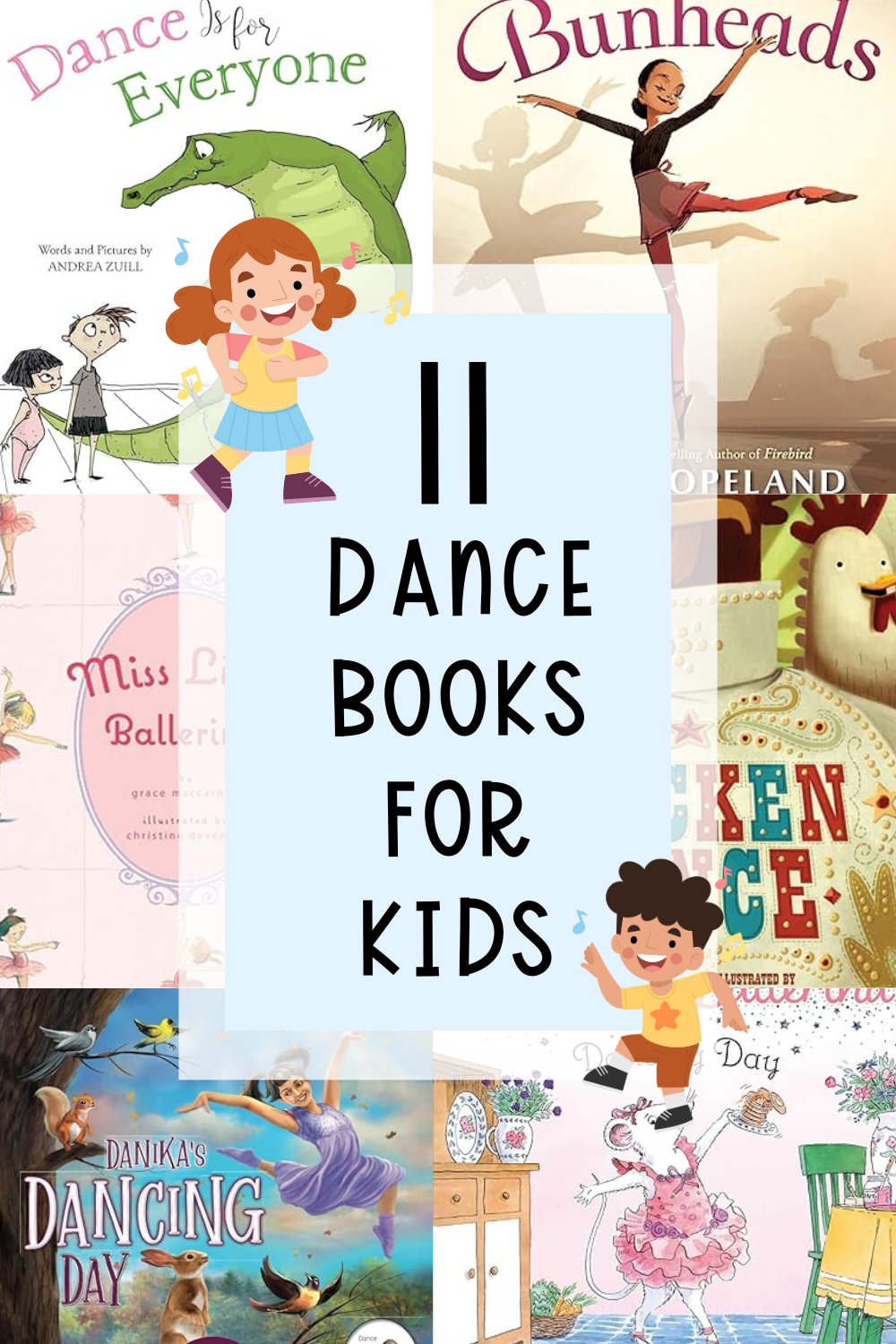Ready to learn all about one of nature’s most eye-catching animals? These zebra facts for kids are packed with fun, surprising details about these striped wonders of the wild. From how zebras use their stripes to stay safe, to where they live and what they eat, you’ll discover everything you need to know about zebras. Plus, you’ll find creative activities, cool vocabulary, and zebra-inspired stories to keep your curiosity running wild!
***Disclosure: This post contains an Amazon affiliate link that at no additional cost to you, I may earn a small commission when you purchase through the link from my blog. Thank you for your support!
Table of Contents
Grab these free resources to make your teaching life easier!
What is Zebra?
A zebra is a type of wild horse known for its unique black and white stripes. Zebras live in grasslands and savannas in Africa, where they travel in groups called herds. Every zebra has a pattern of stripes that is different—just like fingerprints! Zebras are herbivores, munching on grass, leaves, and stems. These animals are known for their loud braying and speedy running, which help them escape predators like lions and hyenas.
Teaching Resources
11 Zebra Facts for Kids
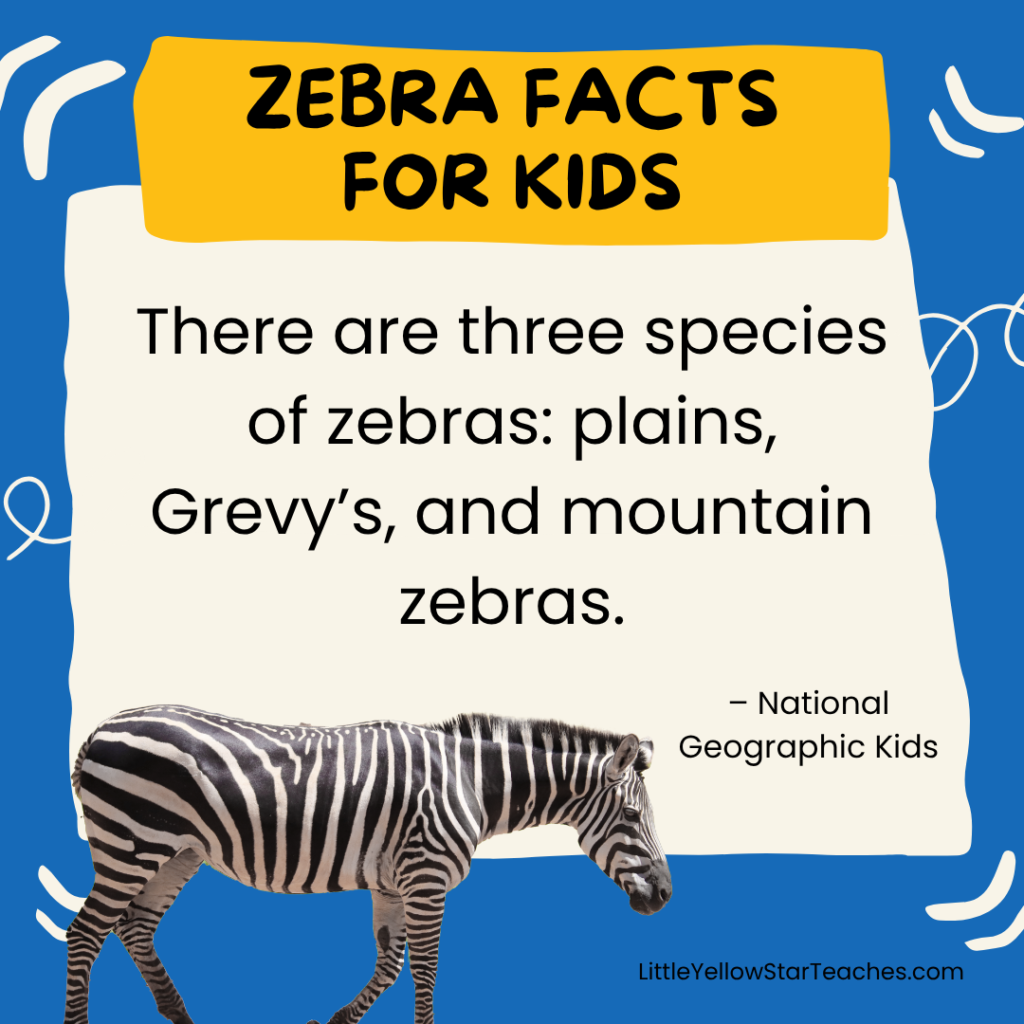
#1 There are three species of zebras: plains, Grevy’s, and mountain zebras.
Zebras come in three main types: plains zebras, Grevy’s zebras, and mountain zebras. Each species has its own unique look and lives in different parts of Africa.
Source: National Geographic Kids
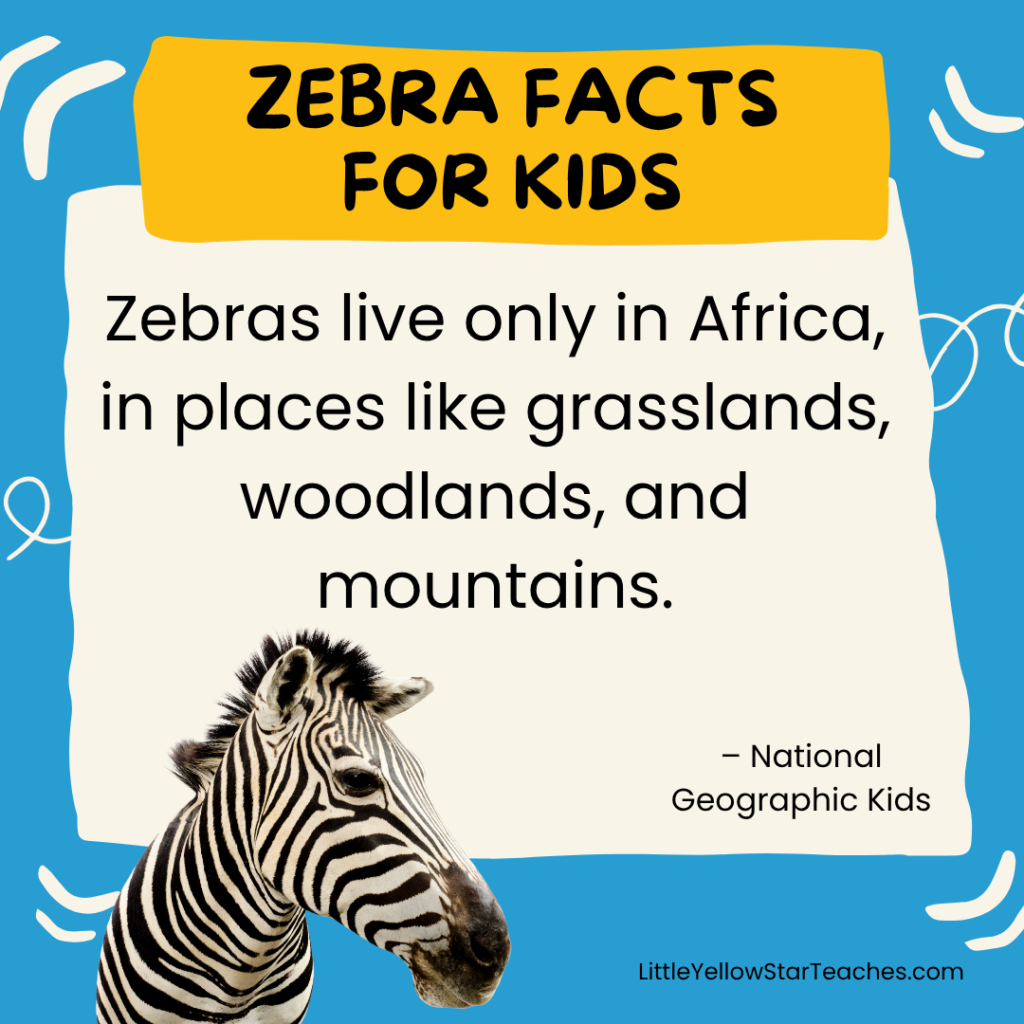
#2 Zebras live only in Africa, in places like grasslands, woodlands, and mountains.
All wild zebras live in Africa, where they roam grassy plains, woodlands, and sometimes even mountainous areas. They are well adapted to life on the open African savanna.
Source: National Geographic Kids
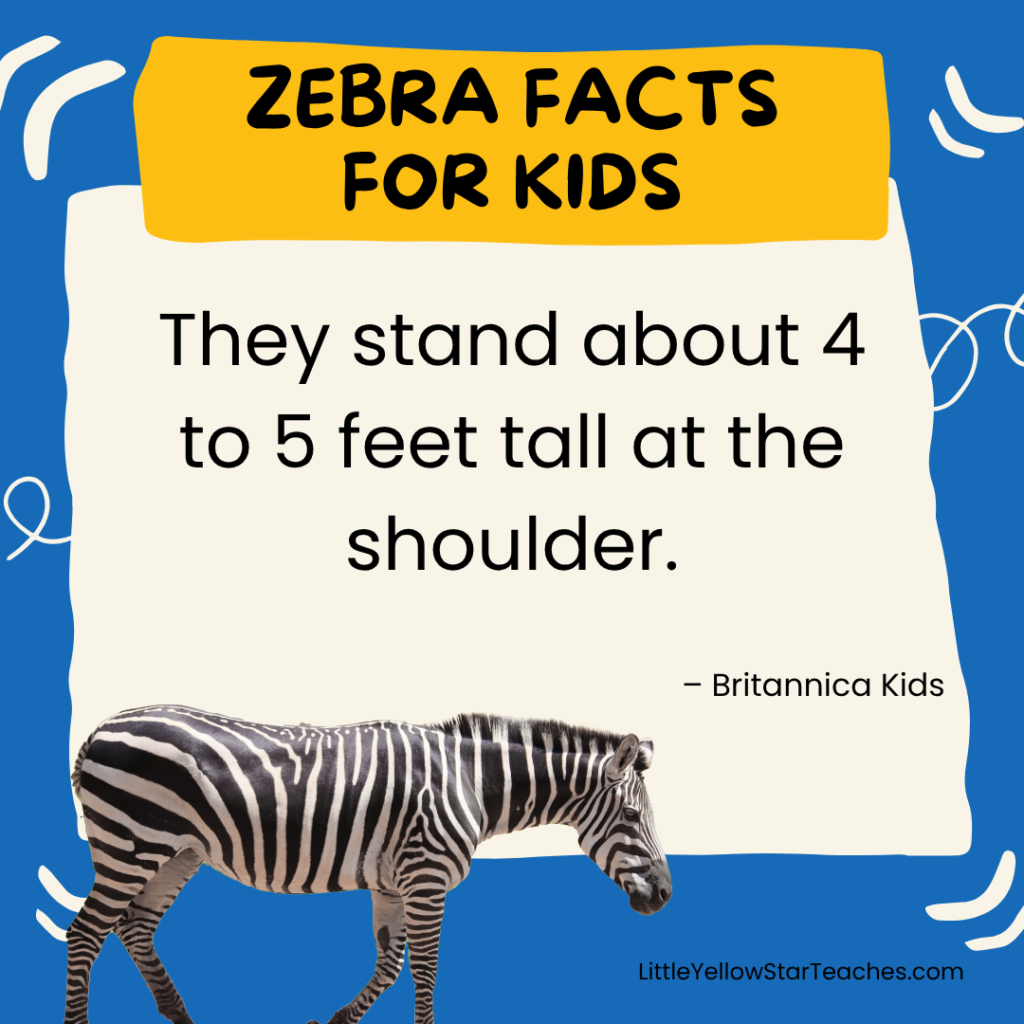
#3 They stand about 4 to 5 feet tall at the shoulder.
Adult zebras are about as tall as many people, reaching 4 to 5 feet (1.2–1.5 meters) high at their shoulders. This helps them spot predators in tall grass.
Source: Britannica Kids
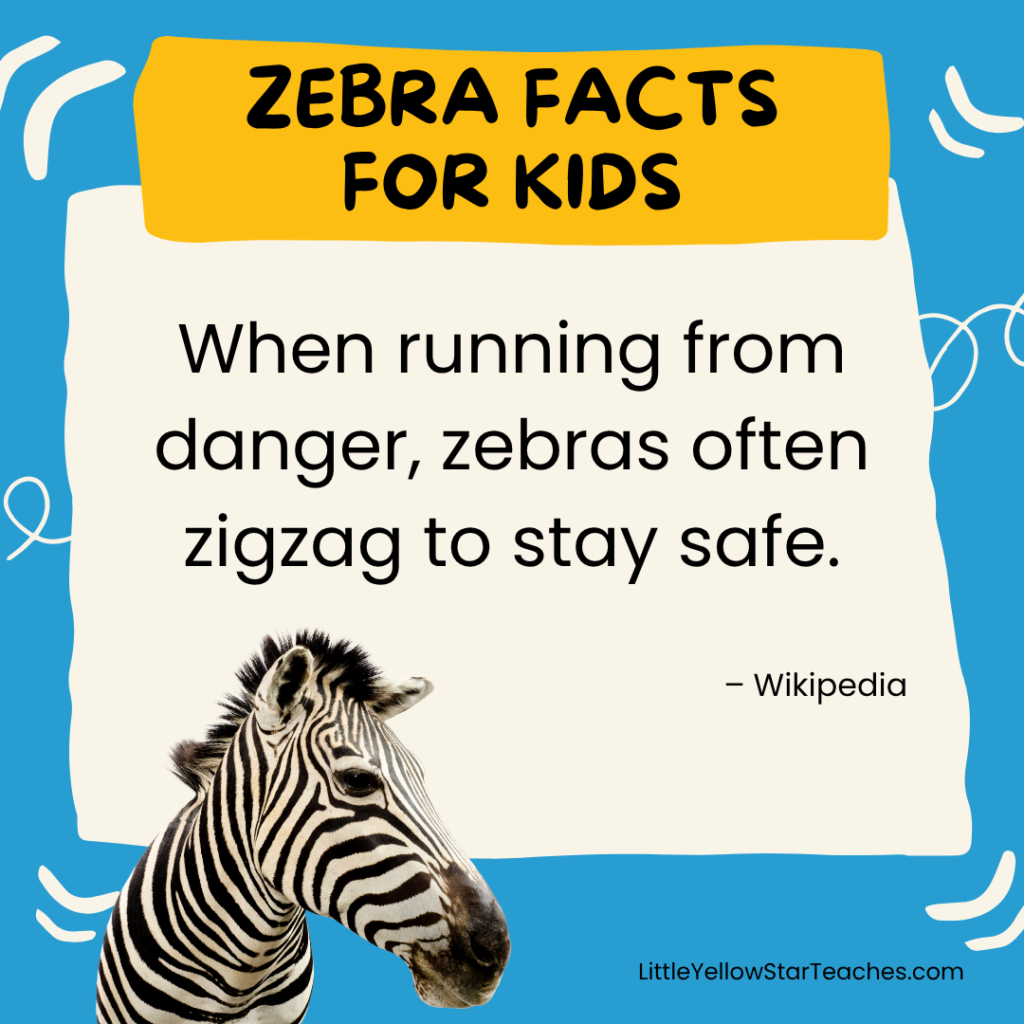
#4 When running from danger, zebras often zigzag to stay safe.
If a predator like a lion or hyena chases a zebra, it will often run in a zigzag pattern. This makes it harder for the predator to catch them!
Source: Wikipedia
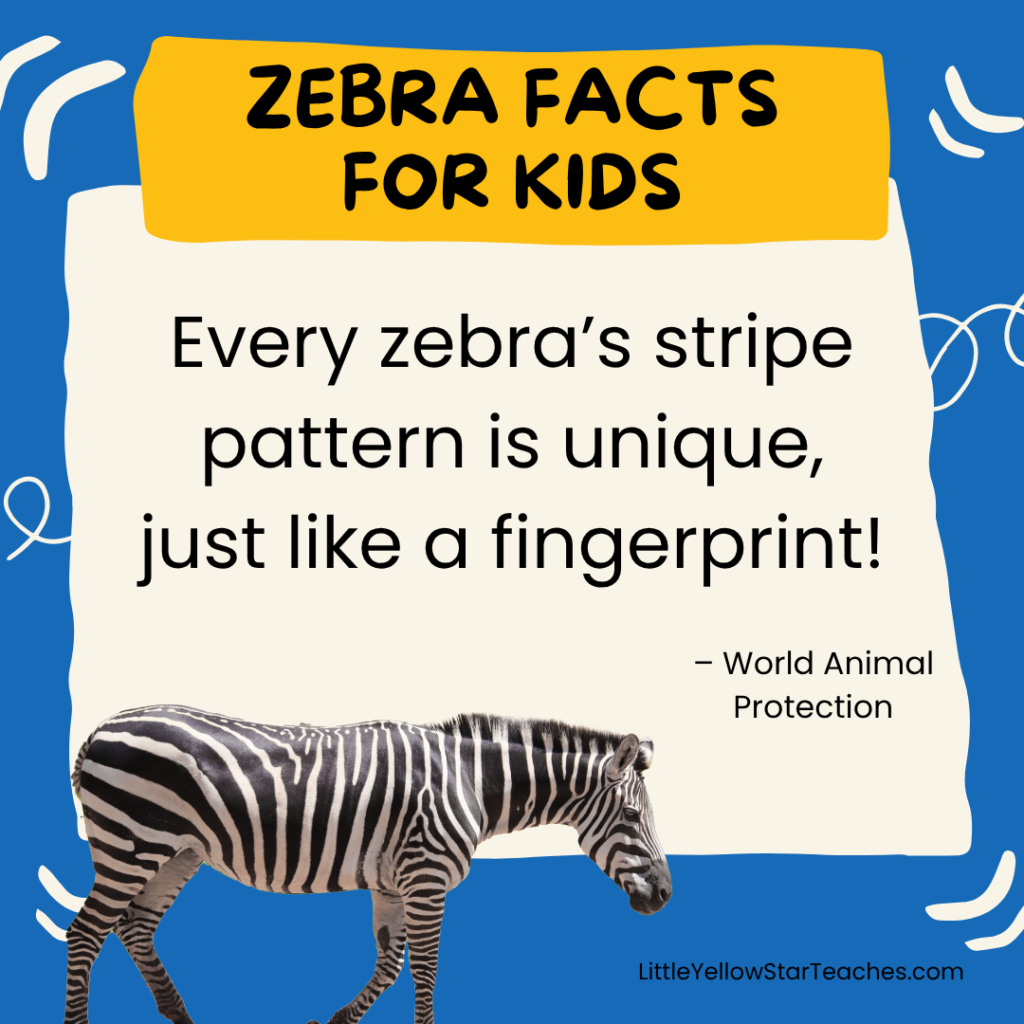
#5 Every zebra’s stripe pattern is unique, just like a fingerprint!
No two zebras have the same pattern of stripes. Scientists can even tell them apart by their unique stripe markings—just like human fingerprints!
Source: World Animal Protection
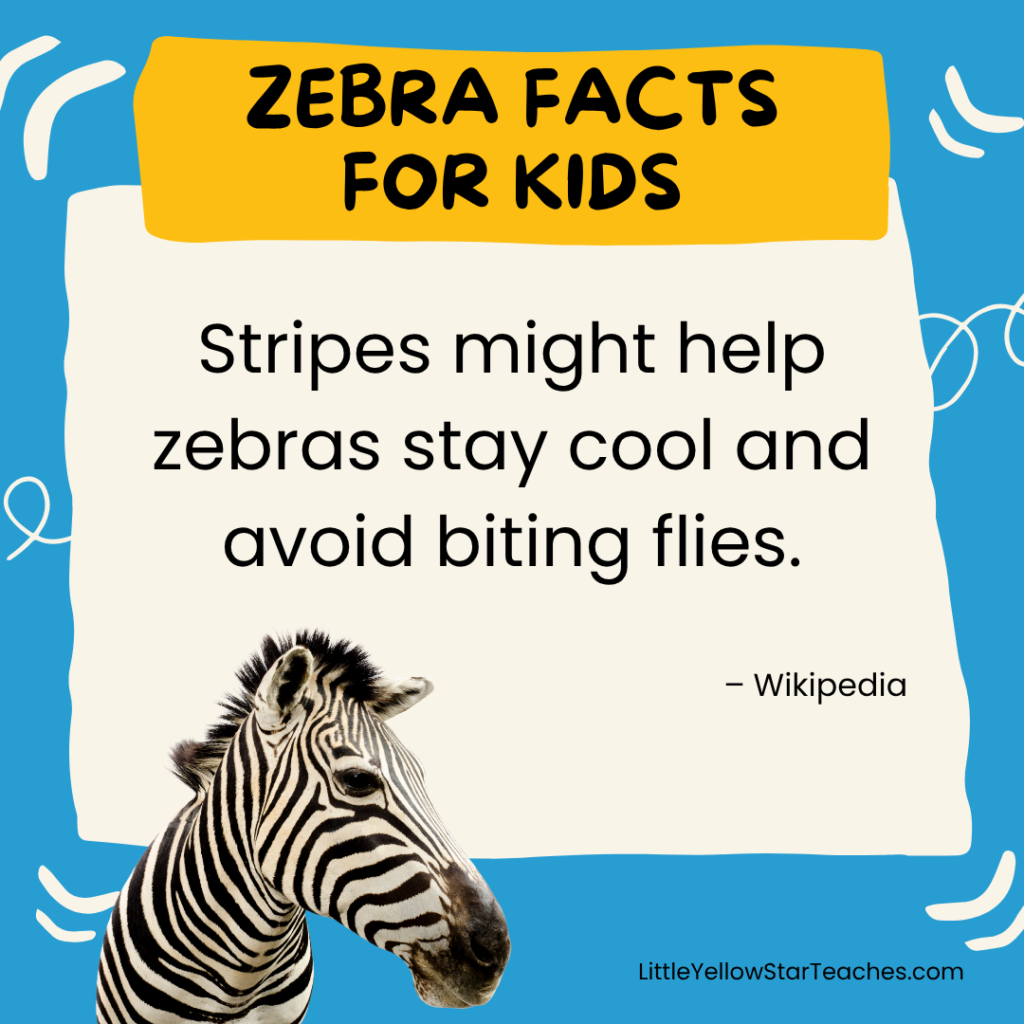
#6 Stripes might help zebras stay cool and avoid biting flies.
Scientists think zebra stripes may help keep them cool in the hot sun and confuse biting flies, making it harder for the insects to land on them.
Source: Wikipedia
Check Out Capybara-Theme Daily Reflection Journals For Kids!

#7 A baby zebra, called a foal, can stand within 20 minutes of being born.
Newborn zebras are called foals, and they’re super quick learners! Most foals are able to stand and even walk just 20 minutes after birth so they can stay safe with the herd.
Source: National Geographic Kids
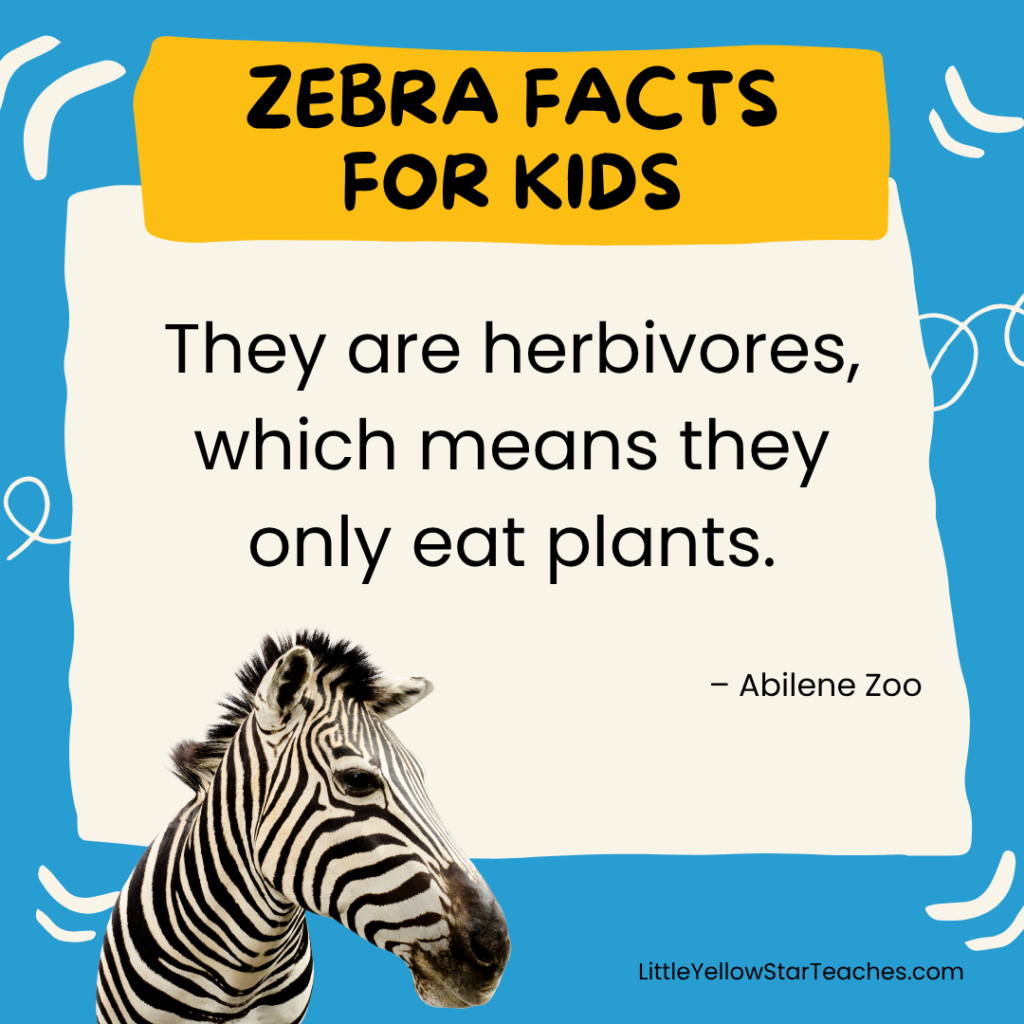
#8 They are herbivores, which means they only eat plants.
Zebras are plant-eaters, or herbivores. Their favorite foods are grasses, but they’ll also eat leaves and sometimes even bark if grass is scarce.
Source: Abilene Zoo
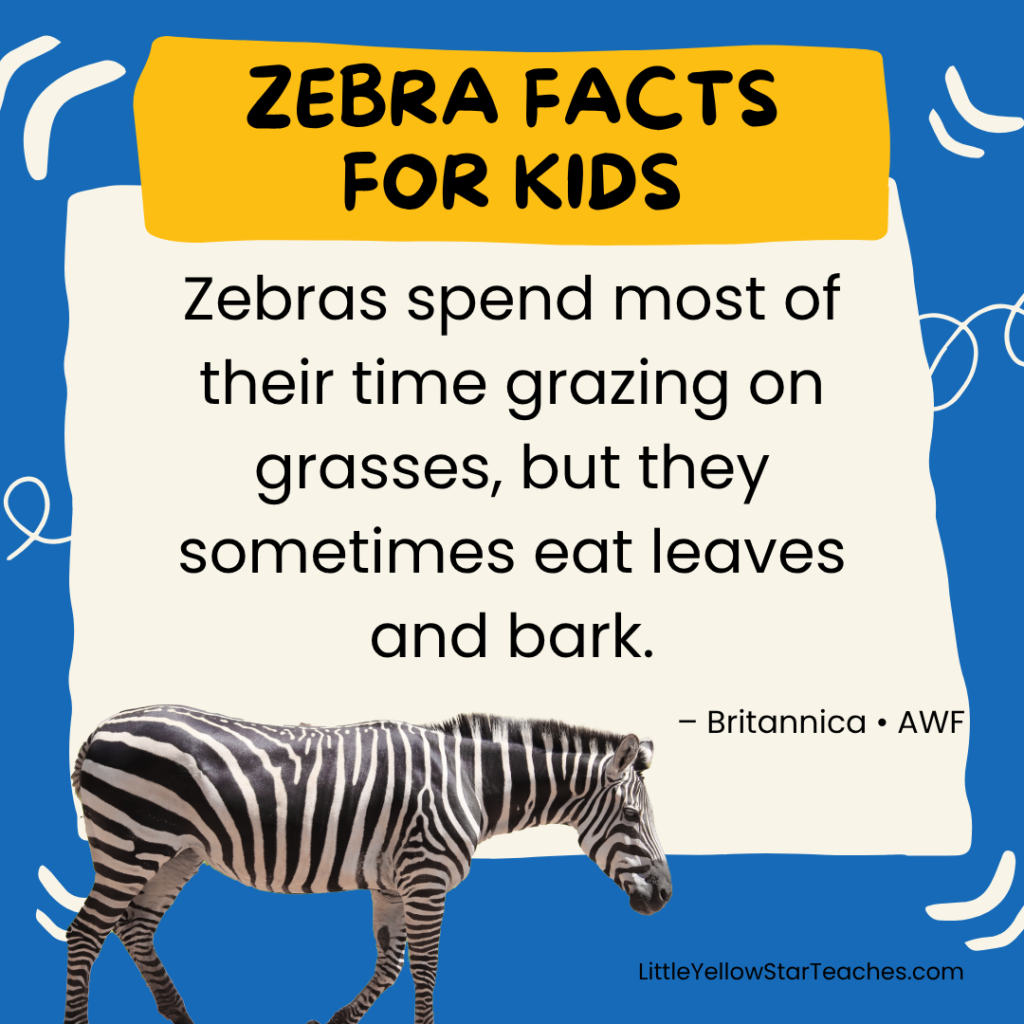
#9 Zebras spend most of their time grazing on grasses, but they sometimes eat leaves and bark.
Most of a zebra’s day is spent munching on grasses, but when grass is hard to find, they’ll eat leaves, twigs, or even bark from trees.
Source: Britannica • AWF

#10 They can sleep while standing up!
Zebras have a special trick—they can sleep while standing on their feet. This helps them stay ready to run if danger approaches.
Source: World Animal Protection

#11 They kick and bite to defend themselves if a lion or hyena attacks.
When threatened by predators, zebras can defend themselves by kicking with their powerful back legs or biting. These strong defenses help them survive in the wild.
Source: Wikipedia
Additional Resources
Zebra-Related Vocabulary Words
Help kids understand these important zebra words:
- Herd: A group of zebras living and moving together
- Stripes: The black and white patterns covering a zebra’s body
- Savanna: A grassy plain where many zebras live
- Foal: A baby zebra
- Grazing: Eating grass and plants
- Braying: The loud sound a zebra makes (like a donkey’s “hee-haw”)
Zebra Activity Ideas For Kids
Bring these zebra facts for kids to life with hands-on activities:
- Zebra Stripe Art: Use black and white paint or paper strips to make unique zebra patterns
- Zebra Mask Craft: Create your own zebra mask with paper plates and markers
- Herd Game: Pretend to be a zebra and travel in a “herd” with friends or family
- Zebra Habitat Diorama: Build a model of an African savanna for toy zebras
- Foal Hop Relay: Have a race by hopping like a baby zebra
- Zebra Sound Match: Listen to different animal sounds and guess which one is a zebra braying
Zebra Related Stories and Myths
Zebras appear in many stories and legends around the world! Here are some favorites:
- How the Zebra Got Its Stripes: African folktales explain why zebras have stripes
- The Brave Little Zebra: Storybooks about young zebras learning to stay safe in the wild
- Zebra and the Rain: Myths where zebras help bring rain or change the weather
- The Herd’s Journey: Stories of zebras traveling long distances together to find food and water
- Zebra Cartoon Adventures: Many cartoons feature zebras as fun, clever characters
- Zebra in Fables: Old stories where zebras teach lessons about teamwork and being yourself
What’s Your Favorite Zebra Fact?
Zebras are more than just their stripes—they’re fast, smart, and important animals in their wild homes. With these zebra facts for kids, you can amaze your friends, try creative activities, and even tell your own zebra stories. Keep exploring the animal kingdom—there’s always something new to learn with fun facts for kids!
What is your favorite Zebra fact from the post, or do you have another? Share it by tagging me on Instagram @LittleYellowStarTeaches. I would love to see!
Bye for now,
Prima from LittleYellowStar
* * *









